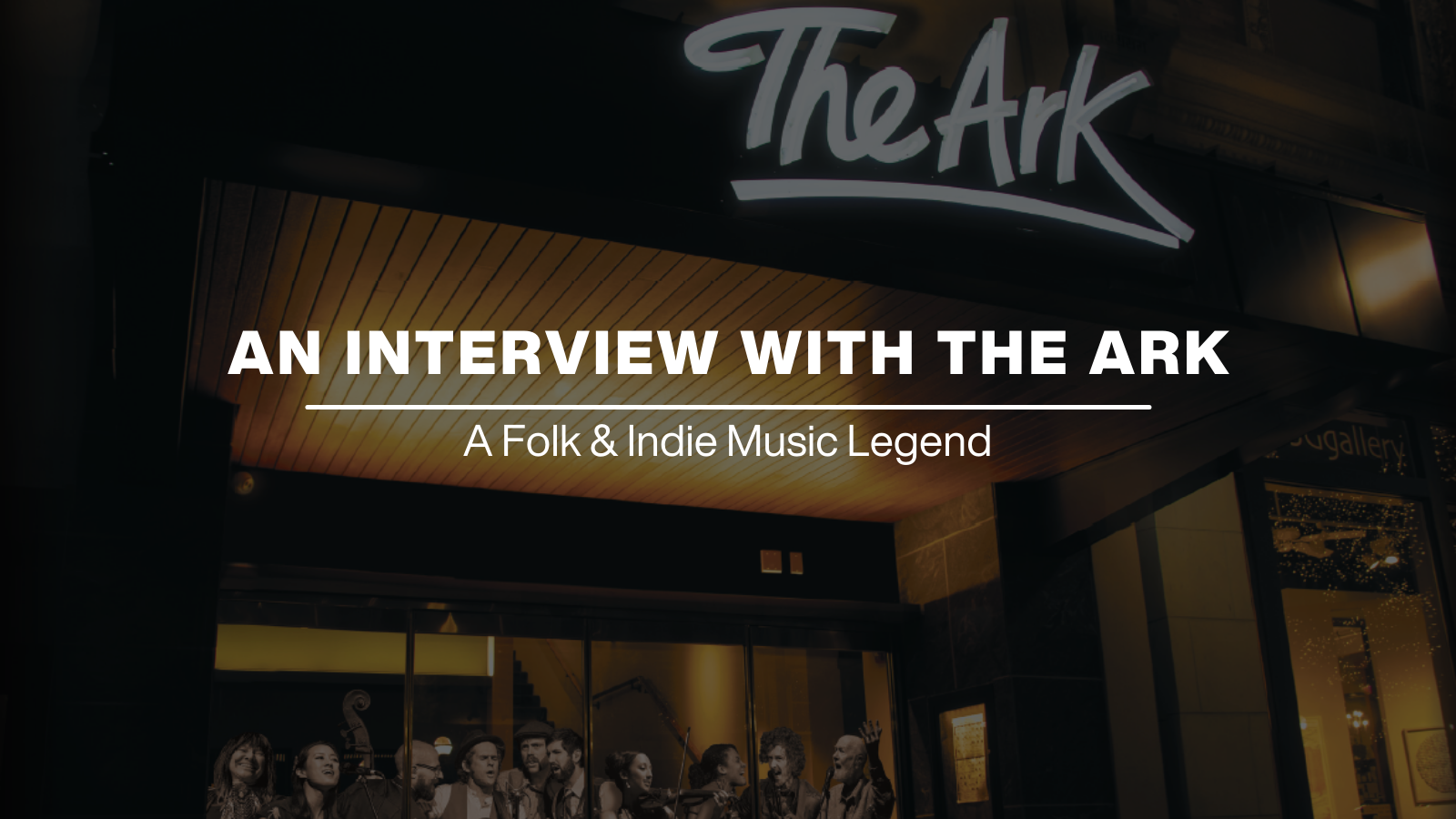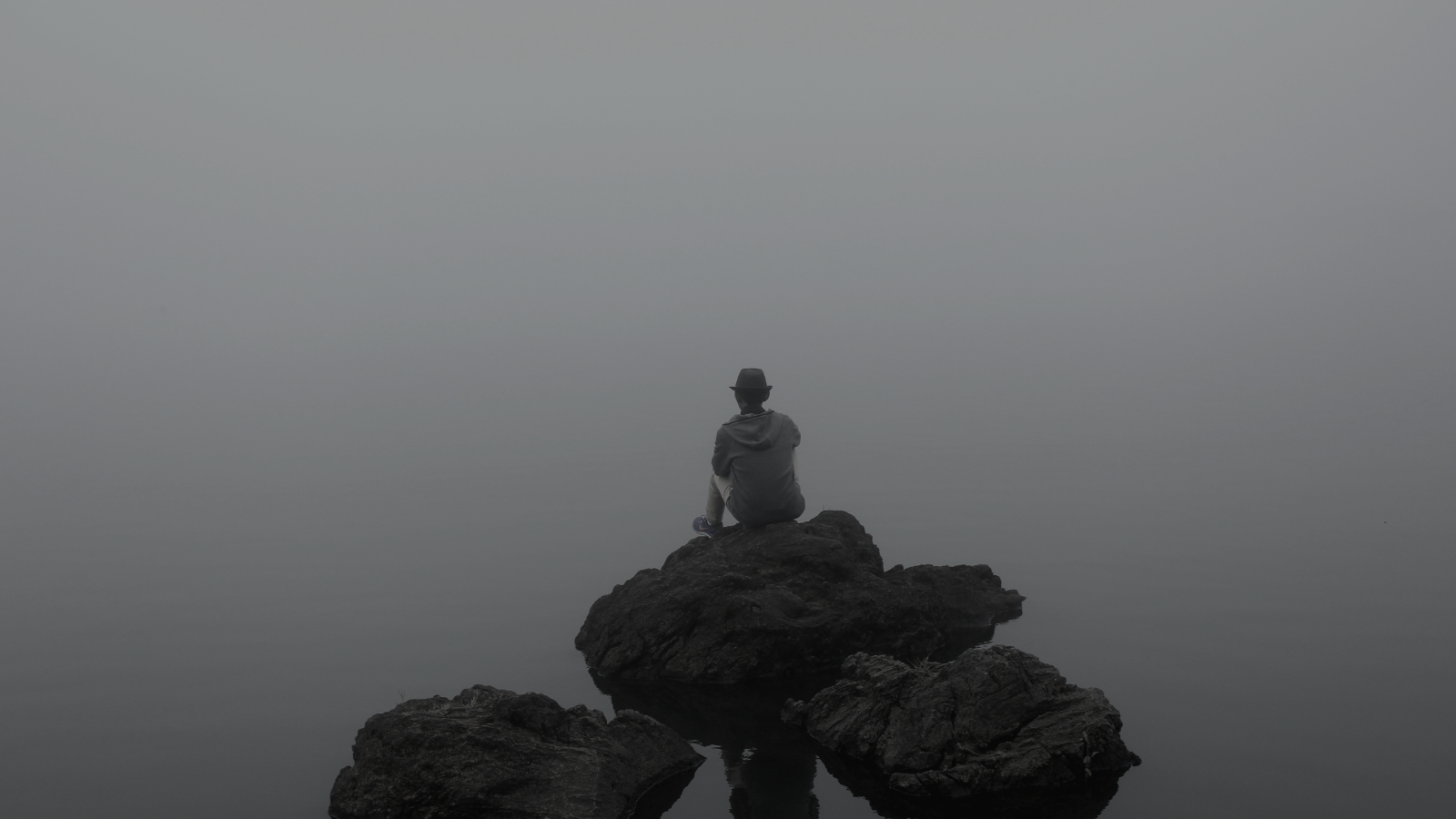The turkey's been roasted, the pies have been cut, and as we transition into the rest of the holiday season, we at EarPeace are excited to continue to support our independent music venues. Today, we are thrilled to share an interview with Barb Chaffer Autheir, a long time friend and the marketing director at The Ark in Ann Arbor, Michigan.
EARPEACE: Tell me how did you get involved with The Ark?
Barb: I became familiar with The Ark as a student at the University of Michigan in the 80s and attended my first show there in 1988. I recalled it fondly when I returned to Ann Arbor in 1999 remembering it was a nonprofit. I knew several artists who played at The Ark, and I was looking for opportunities to be involved in the community so I signed up to volunteer that fall of ’99.
EARPEACE: The Ark has such a great history coming out of the 60's and continuing to thrive. What do you think has allowed for such passionate longevity?
Barb: Over 50 years after The Ark was founded, some of individuals who were instrumental in creating it are still involved and they have really communicated the history and mission to those of us who came after. It was in the 70's when The Ark reorganized as a 501(c)(3) at a time when most of the folk coffee houses across the country were on the decline. I think it was this decision to drill down to our mission and the “community organization” of who we are that makes that longevity possible. People don’t just attend shows at The Ark. From the beginning, people felt part of the community.
EARPEACE: I feel like really iconic venues like The Ark have a magic about them--what's the magic about The Ark?
Barb: Jeff Daniels has said that “the music is in the walls” at The Ark. Even though we’re in our 3rd location, you feel the entire 56 year history of the organization when you experience a show. The listening room concept is a really big piece of that for me. When you are in the audience at The Ark, you are in community with the performers…it feels like a conversation and the music is what is in the center.
EARPEACE: Much as it was in the sixties, I feel like this younger generation is looking for (or needing) the vision of The Ark- the "enrichment of the human spirit". Where do you see The Ark in that role for the younger generation?
Barb: This has been a big challenge for our organization because the fact of the matter is, that our core audience who buy tickets for shows and particularly our members and donors, are an aging demographic. But we know that the messages in (the very broadly defined categories of) folk music and the power of music to move people and bring them together is really core to what the younger generations are looking for. Folk music since the 60s has included protest music and in what time in our history have we more needed to protest and enact change?
One of our goals over the last several years has been building more educational programming to engage school-age kids. Our most successful has been our “Common Chords” programming which talks to school kids about the history of American music and the cultural diversity and connection within that history.

EARPEACE: COVID really impacted live music and independent venues everywhere. How have you guys navigated the past two years?
Barb: Our immediate goal was to keep connected with our audiences so we quickly turned to livestreaming first by sharing artists’ livestream efforts and driving Ark followers to those events and encouraging them to support the music with their ears and with their donations.
Soon after, we created our Ark Family Room Series – not with any anticipation of making a profit or replacing live shows – but to continue to support Ark artists and provide a platform for them to connect with Ark audiences and to build on those audiences. All those shows ran on a tip jar model and over the course of 75 performances, we brought in over $6000, the majority of which went into the pockets of the artists.
We have been fortunate as a nonprofit that we already had capacity for fundraising and very supportive donors…something that most of our for-profit venue colleagues didn’t have going in. That support from our members plus the work we have been part of to lobby and finally win some financial support for our independent venue from federal and state government, has helped give us a runway to get back to presenting music live and in person.
We recognize that it will likely take many months “post-pandemic” to even begin to have audiences come back in the numbers that we have been used to and it’s going to take creativity and buy-in across the industry to figure out how we all work together to rebuild and how to bring livestreaming into the mix while still having the primary focus on presenting in person.
EARPEACE: American Folk music has always included African-Americans, but I think it took awhile for white music culture to really understand that. How has your venue worked to make the industry more equitable?
Barb: Every culture and community has folk music because at it’s core what is folk music but the music of the people. And that’s ALL the people. But you’re right that when you ask a person on the street what folk music is, they are probably first going to think of Kumbaya and a very narrow definition that is predominantly old and white! Especially in recent years we have worked hard to expand that definition of folk music for people. Sometimes we like to call the music we present “Ark music” because you really can’t narrowly define this music by discrete genres. Because we program to our mission and not to what is necessarily “profitable” or “commercial” it has always allowed us to book artists that are making music that deserves to be heard…that NEEDS to be heard.
In all honesty, as much as we have expanded into presenting music being made by artists of color, our audiences for those artists are still predominantly white. In the past our focus in bringing in a more diverse audience for our programming has not been particularly successful, so we are now focused on ways to partner with communities of color to co-program with them and to share the power and resources that we have as a longtime successful and predominantly white organization.
We are partnering to provide space and tech support to programs like the Amplify Fellowship and we are actively connecting with fellow arts organizations who primarily serve communities of color to listen and learn what they want and need so we can book and present the programming they want and envision rather than assuming we know what programming is accessible to those communities.
EARPEACE: Who has given your favorite performance during your time at The Ark?
Barb: So, this is the hardest question of the bunch! I’ve seen such amazing shows at The Ark. The first time I saw Patty Griffin at The Ark back around 1999 was totally transformative. That’s probably the performance that grabbed me and didn’t let me go. But generally, any show that we’ve done with artists in the round, trading songs and backing each other up – Those are the shows that have been truly magical for me as an audience member because that really showcase the community aspect of the Ark experience.
Whenever you are heading out to a really cool indie music venue to check out, make sure you take EARPEACE concert earplugs. Our hearing protection is specifically engineered to provide the kind of experience you would get from custom musician's earplugs. Check out our full collection of high fidelity earplugs here.




Share:
THE MOST ICONIC INDIE MUSIC VENUES
NTERVIEW: NIVA & THE MISSION TO SAVE OUR STAGES